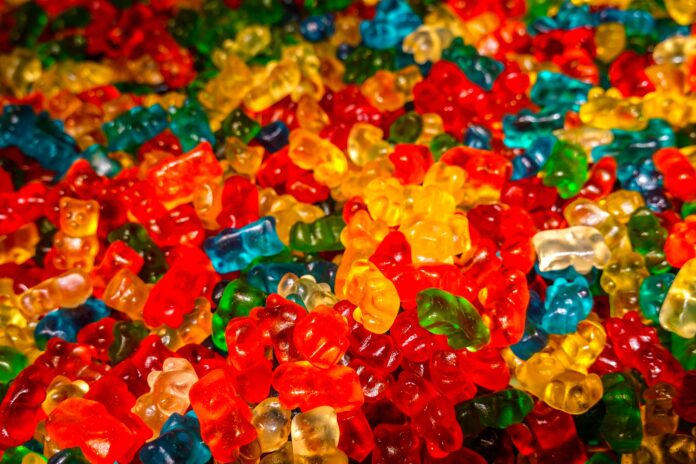When you think of 3D printing, you may think of things like manufacturing or construction. But did you know that you can literally 3D print food and it might even taste good? 3D printing is a technology that allows for the creation of objects by building them layer by layer. Normally it uses materials like plastic or metal, and it’s changing the way we think about nutrition and culinary arts.
The Current Scene: 3D Printing in the Food Industry
3D printing is already being used in a variety of ways in the food industry. For example, some companies are using 3D printing to create customized meals for people who need to avoid certain foods. By using 3D printing, these companies can create meals that are tailored to specific dietary needs. Whether it needs to be gluten-free or low-sugar it will be done.
This allows for greater flexibility and personalization in meal planning. And it could be especially beneficial for people with specific health conditions, such as diabetes or heart disease.
In addition, high-end restaurants are using 3D printing to create intricate food sculptures. These sculptures are not only beautiful to look at, but they can also be edible. This allows chefs to push the boundaries of what is possible in terms of food presentation.
It’s a great way to elevate the overall dining experience and surprise the customers with something different. And we have food that is artsy and edible at the same time.
The Future of Nutrition and Culinary Arts
3D printing has the potential to revolutionize the way we think about nutrition and culinary arts. For example, with 3D printing, we can create customized meals for individuals based on their nutritional needs. This could be especially beneficial for people with specific health conditions, such as diabetes or heart disease. By creating meals that are tailored to specific dietary needs, we could improve overall health outcomes.
In addition, 3D printing could change the way we approach culinary arts. With 3D printing, chefs would be able to create new and unique dishes that were previously impossible to make. They could also achieve greater precision in presentation, creating dishes that are not only delicious but also visually stunning. This could open up new possibilities for food innovation and experimentation.
Challenges and Limitations
This goes without saying but like any industry. Even in 3D printing in the food industry, there are challenges and limitations that need to be addressed. One of the biggest challenges is food safety. With 3D printing, it is important to ensure that the food is safe to eat.
And that it does not spoil quickly as 3D printing can be a slow process at times. This requires careful attention to food safety regulations and guidelines, as well as regular testing and monitoring.
Another challenge is consumer acceptance. 3D-printed food may be seen as strange or unappealing to some people. It’s important for the industry to educate consumers about the benefits of 3D-printed food and to work on making it more visually appealing.
Cost is also a significant limitation as 3D printing technology and food materials are expensive. This makes it difficult for some companies to adopt the technology and for some consumers to afford 3D-printed food. Unless some amazing new things happen in this space this is where we stand.
Conclusion
3D printing has the potential to revolutionize the food industry and change the way we think about nutrition and culinary arts. It can be used to create customized meals for individuals with specific dietary needs, create intricate food sculptures, and create new and unique dishes. However, there are still challenges and limitations that need to be addressed, such as food safety, consumer acceptance, and cost.
With continued research and development, the future of 3D printing in the food industry looks bright. The food industry is a constantly evolving space and 3D printing technology can help us create new and exciting food experiences. With 3D printing, the possibilities are endless, and we’re excited to see where this technology takes us in the future.
Read interesting articles in Hindi on the Mojo Patrakar.
If you find 3D Printing interesting read 3D Printing in Space: The Possibilities and Challenges









